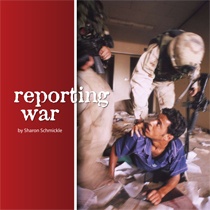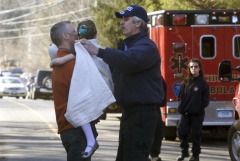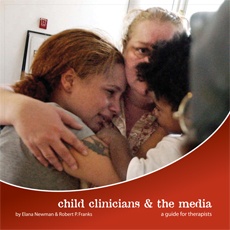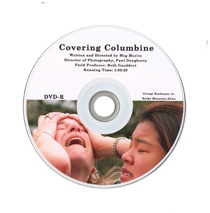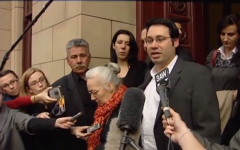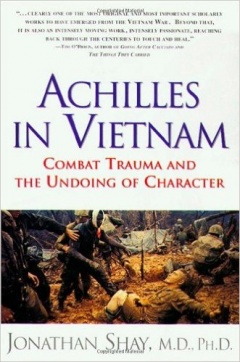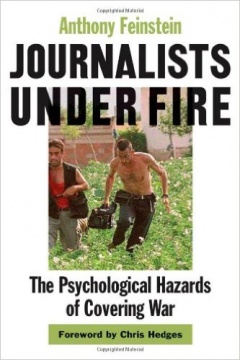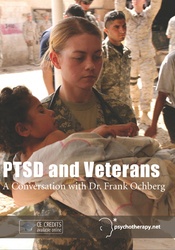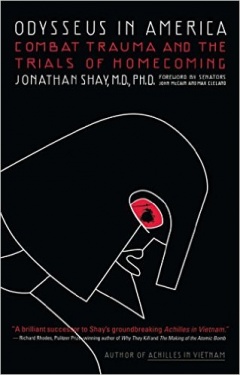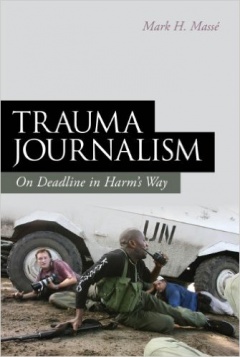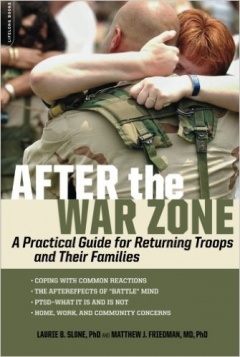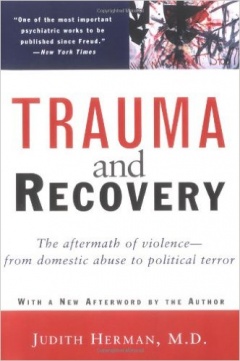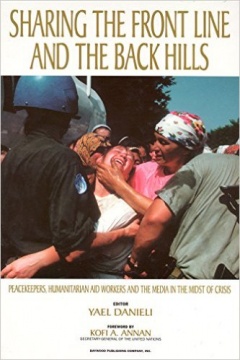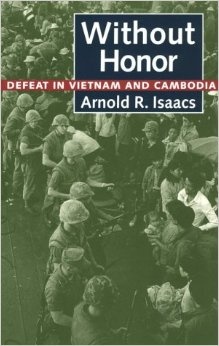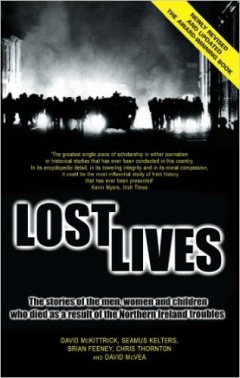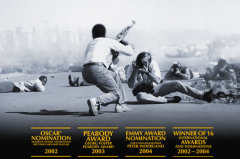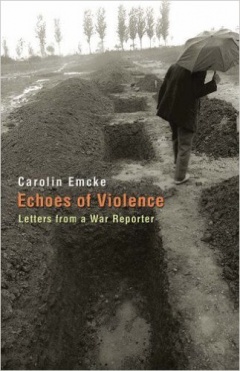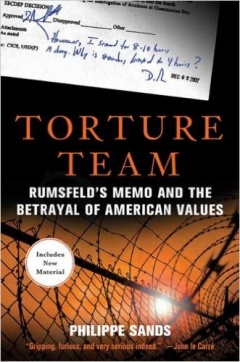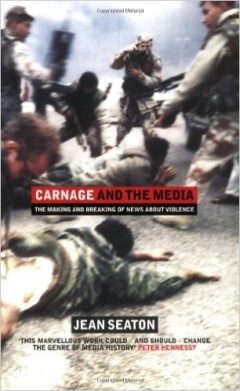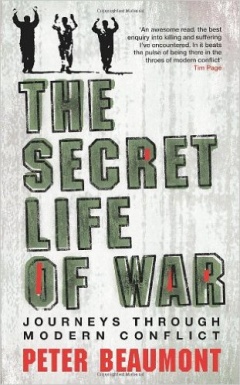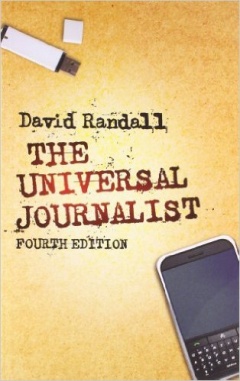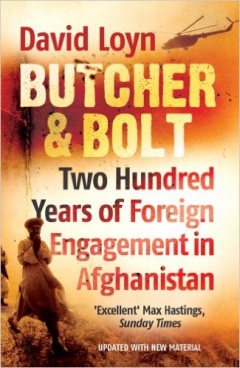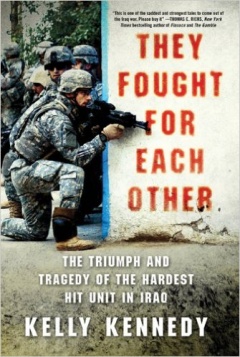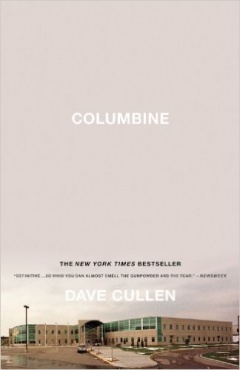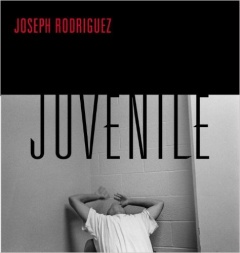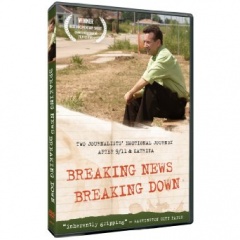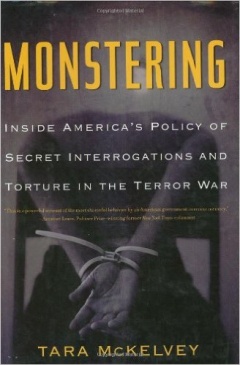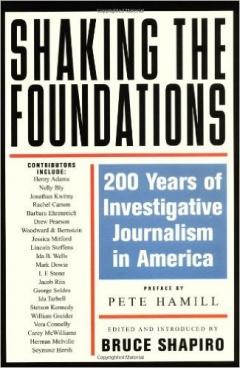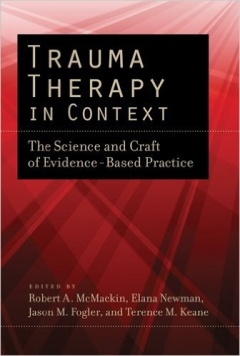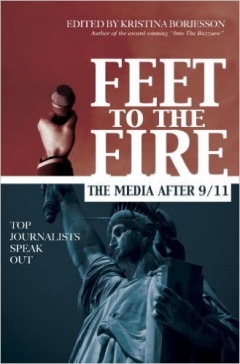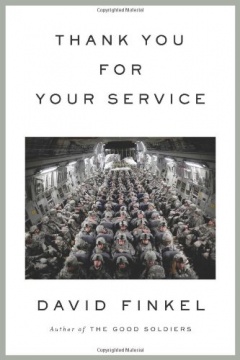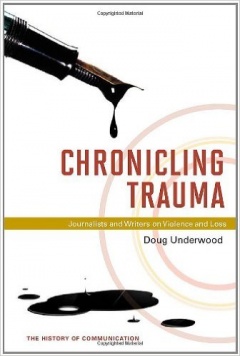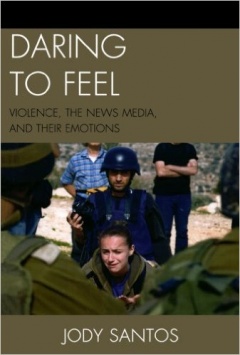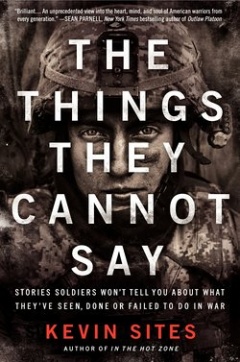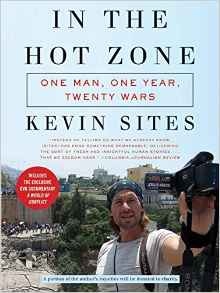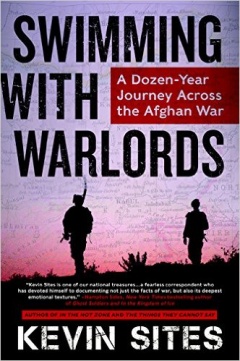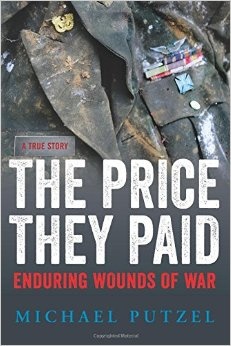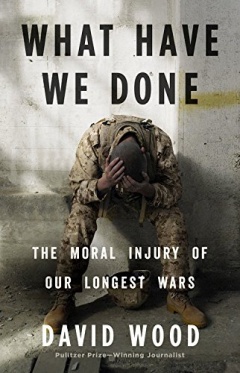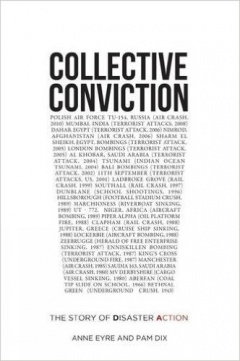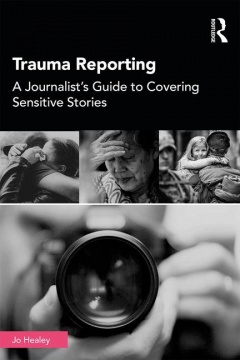Covering School Shootings
Collegiate Times staff members and advisers were interviewed dozens of times about the newspaper’s coverage of the April 16 shootings at Virginia Tech. One of the universal questions we were asked: “How do you prepare for something like this?”
The truth is, you don’t. You can surely mitigate emergencies with disaster manuals, phone trees or even drills. Unfortunately, many procedures become out of date the moment they are created, and being too rigid in your response could leave you blind to new ideas. Plus, in reality, emergencies never go they way they are planned.
When we sat down to develop our list of lessons learned from watching students cover a tragedy, it ended up not being so much about procedures that should have been in place, as it was about information we should have had. That being said, another key factor in responding to an emergency is simply knowing what you believe. While there may be time to debate the finer points of an ethical decision, any organization without a clear mission and purpose is going to struggle making on-the-spot judgments.
The following tips include roadblocks we faced in trying to provide coverage, as well as mindsets that helped get us through the week.
- It’s all about the readers. It sounds like a simple notion, but when big news breaks, sometimes journalists worry more about headlines and deadlines than readers. It’s important that the focus of the staff’s efforts remains on the community in all aspects of production, from newsgathering and online updates to photography and page design.
- Talk to third parties on whom you rely. The Collegiate Times was six hours late sending files to the printer, yet newspapers were still in the racks before 9 a.m. The union where student media is housed was locked down for several hours, yet university personnel allowed news staff members inside to do their jobs. Communication, both before and during the crisis, ensured that everyone was on the same page about how operations could continue.
- Chaos is fine, as long as it doesn’t get published. Working amid pandemonium keeps the adrenaline flowing, but the readers lose confidence if it doesn’t seem as if the staff is in control of the situation. Dropped stories, botched facts and copy editing mistakes may seem like a natural result of a hectic situation, but maintaining a copy chain and redundancies in internal communication can limit those failures from being distributed to the community.
- Have contact information for all your staff members and ensure they have yours. Keep the information in redundant places. Addresses and phone numbers aren’t enough. Midway through the crisis, I picked up my office phone and couldn’t dial out because all circuits were busy. I tried my cell phone, but there was too much congestion. Virginia Tech’s e-mail server was lagging by about an hour. The answer? Instant messaging. All your students have it, and so should you. Our news reporters were able to send quick updates to our Web staff via IM, and several reporters used it to ask me questions.
- Allow staff members to shine, regardless of their position. Probably the unanimous MVP in the Collegiate Times’ coverage was a sports reporter who had, prior to April 16, written about five stories. Yet during the week, the top editors gave him a lot of latitude, and he came back with about a dozen pieces, almost all enterprise and investigative.
- Have press passes for key personnel, and be prepared to make more. We think one of the factors that led to our photo editor’s detainment by police (and having his equipment confiscated) was the fact that he didn’t have media identification. Student leaders usually create press passes in August, but this year it had slipped through the cracks.
- Remember, everyone deals with tragedies differently. Our staff heads announced early on that only people who wanted to work should do so. While we encouraged everyone to seek counseling, we never pushed the issue.
- Have policies in place for dealing with outside media. Perhaps our biggest failing during the crisis was our inability to handle the barrage of requests from outside media. We had national news outlets seeking stringers. We had more than 100 requests for interviews. We had dozens of other publications seeking permission to reprint photos or stories. We had other news organizations seeking space and computers. Every phone in the newsroom was ringing (not once with a news tip, and always with someone wanting something), so the staff ended up forwarding all the phones to the editor’s office. Yet every time she would hang up the phone, it would literally begin ringing again. At 11 p.m. on the day of the shootings, she decided to leave the phone off the hook.
- Being part of the story while trying to report the story is never a good combination, but during the crisis it also impeded the work. Television producers trying to interview our editor inside the newsroom would tell other students who were working to be quiet. At one point, an adviser was talking with a student when the camera operator came over and told them to move, since they were in his shot. The lessons? Consider who can have access to the newsroom -- whether for coverage or to work. You may decide that working with professional publications may foster good relationships later down the road, or that other student media operations deserve a helping hand if they are in an unfamiliar environment. Regardless, set ground rules for all your guests -- and your own staff members -- that ensure your publication takes priority.
- Consider how you will handle photography that is in great demand. We were overwhelmed with more than 100 calls from different media and agencies. If you are an AP member, the terms of your contract may dictate that photos go on the wire. Will you put restrictions on them, such as no magazine and broadcast use? Will you reserve the magazine and broadcast rights for possible sales? Will you distribute freely over AP to maximize exposure of your students’ work? We ended up dealing with an outside vendor to license our photography except for some early photos we sent out on the AP wire. It was probably the only way to handle the number of reprint requests we were getting, but we also lost a lot of flexibility in accommodating other college newspapers or trade publications. Be ready to specify in an agency photo contract the length of time the rights belong to the agency to sell and what uses, such as fellow college papers, are allowed.
- Be prepared if your offices are inaccessible. Prepare staff at orientation with designated alternate meeting places. Make arrangements with your printer, other newsrooms, or even labs with computers to share space. Have an off-site copy of a cloned computer so you could transform alternate computers into newsroom computers. Know how to access your servers from alternate sites. Have an off-site backup of your server that is updated regularly.
- Don’t lower your expectations. It’s easy for a tragic situation to make excuses for poor writing, lackluster designs or sloppy copy editing. But students will maintain a higher sense of pride if, weeks after the event, they can point to what they did — instead of what they could have done.
- Previous Section
Virginia Tech: A Timeline of Coverage - Next Section
Virginia Tech: Tips from Student Journalists


